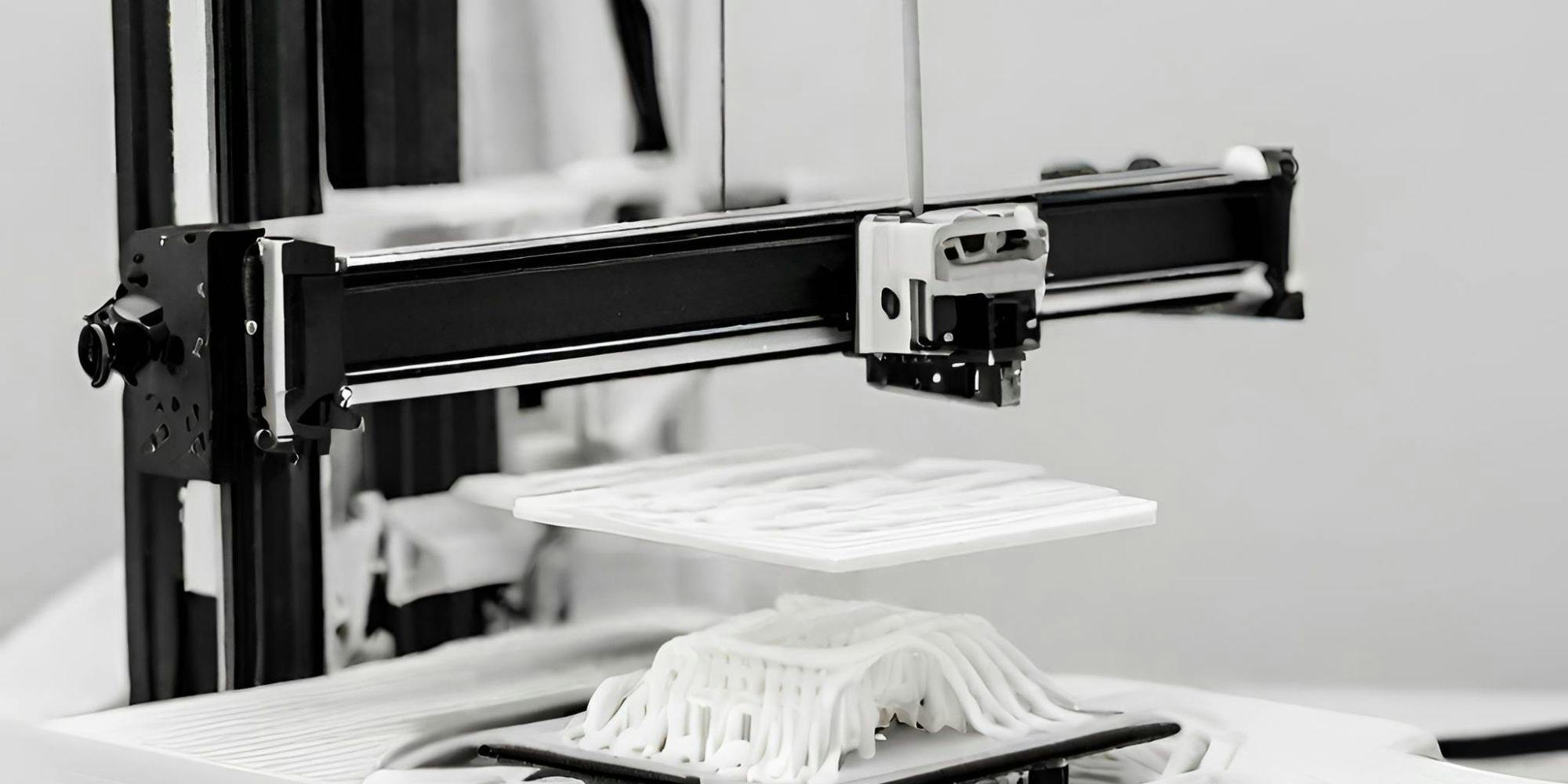Exploring the World of 3D Printing



Exploring the World of 3D Printing
3D printing, also known as additive manufacturing, has taken the world by storm, reshaping the way we create and design objects. This blog post is your gateway to understanding the incredible potential of 3D printing technology.
What is 3D Printing?
3D printing is a manufacturing process that creates three-dimensional objects by adding material layer by layer. It stands in contrast to traditional subtractive manufacturing, which involves cutting, machining, or drilling material from a solid block. 3D printing allows for the creation of complex and intricate shapes that were once difficult or impossible to produce.
Key Concepts of 3D Printing
1. How It Works
The 3D printing process involves three main steps:
-
Design: Create a 3D model of the object using computer-aided design (CAD) software.
-
Slicing: The software slices the 3D model into thin horizontal layers.
-
Printing: The 3D printer deposits material layer by layer to build the object.
2. Types of 3D Printers
There are various types of 3D printers, each using different techniques and materials. Some common types include Fused Deposition Modeling (FDM), Stereolithography (SLA), and Selective Laser Sintering (SLS).
3. Materials
3D printers can work with a wide range of materials, including plastics, metals, ceramics, and even organic materials like food and biological tissues.
4. Applications
3D printing has a broad spectrum of applications:
-
Prototyping: Rapid prototyping allows for quick and cost-effective testing of product designs.
-
Manufacturing: Custom manufacturing of parts and components, reducing waste and lead times.
-
Healthcare: Printing medical implants, prosthetics, and even human organs.
-
Aerospace: Creating lightweight and complex aerospace components.
-
Art and Design: Artists and designers use 3D printing for innovative creations.
Advantages of 3D Printing
-
Customization: 3D printing allows for personalized and customized products.
-
Rapid Prototyping: Speeds up product development and testing.
-
Reduced Material Waste: Traditional manufacturing often generates more waste.
-
Complex Geometry: Enables the creation of intricate and complex designs.
-
On-Demand Production: Products can be printed when and where they are needed.
Challenges and Considerations
Despite its many advantages, 3D printing also comes with challenges such as intellectual property concerns, material limitations, and the need for skilled operators. Safety and regulatory compliance are also important considerations in specific industries.
Conclusion
3D printing has the potential to disrupt and innovate countless industries. It offers an exciting glimpse into a future where manufacturing and design are more accessible, sustainable, and creative. By understanding the fundamentals of 3D printing, you can appreciate its power to shape the world around us.